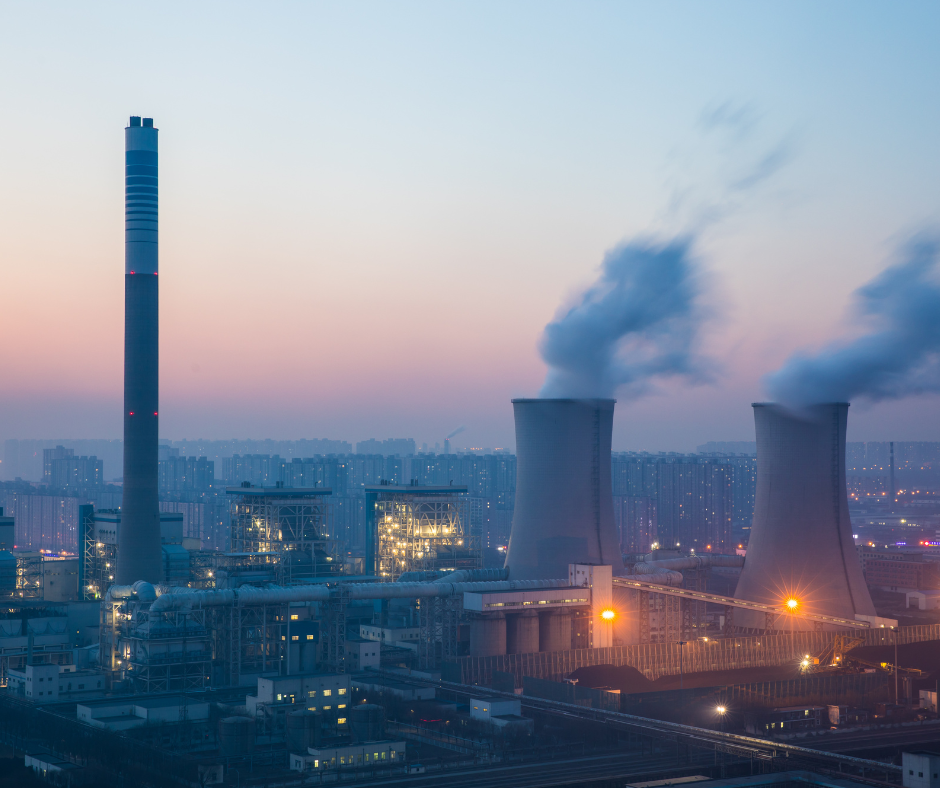Last week reports emerged that one coal fired power station could receive up to $450M in federal compensation as a result of the price cap on coal. Under the new legislation, coal fired generators are compensated for the cost of coal they have locked in at prices above the $125/t cap.
The coal price cap is likely to be higher than the coal currently locked in by many coal fired power stations, however some power stations are exposed to higher priced coal. Under the coal price cap mechanism, generators must bid into the market at a price inline with coal procured below the coal price cap. Generators that are exposed to coal prices above the coal price cap will not be able to dispatch their unit unless generating uneconomically. The compensation is designed to level the playing field allowing the units with fuel costs above the coal cap to continue to supply power and assist in system security.
Based on the current price of coal, compensation for Queensland’s Gladstone power station could reach $450m. The compensation will be split between the Queensland and federal governments on a 50/50 basis while the $125/t coal price cap is in place. The total compensation amount will vary depending on the amount of coal procured at prices above $125/t.
Many may argue that generators with high costs should be forced up the bid stack and not be compensated for high fuel costs. While stations like Gladstone may not have the benefit of low coal prices the station is currently crucial to system security in Queensland. Gladstone is not the only coal fired power station to receive compensation. In NSW, Origin’s Eraring power station will also receive compensation.
The coal cap legislation forbids coal producers from selling coal to domestic generators above the price cap and electricity generators must dispatch into the NEM at costs that reflects the cost of coal procured below the coal cap. The changes in bidding have resulted in the forward market electricity prices dramatically falling with the likelihood of future contract prices to level off in line with new long run marginal costs.
Below is a summary by state of recent activity:
QLD
- QLD prices ranged between -$78.70/MWh and $270.00/MWh for the 2 weeks ending 31st December 2022, averaging $67.59/MWh.
- QLD Q422 prices ranged between -$122.18/MWh and $15,500.00/MWh , averaging $120.24/MWh.
- Solar output fluctuated across the period with output peaking close to previous weeks at 2,106MW, during the negative spot period the output was economically curtailed. Cloud cover also reduced output.
- Apart from Christmas eve, wind generation displayed a consistent negative correlation with solar. Output peaked at 685MW leading up to Christmas then reduced to a normal maximum of 450MW for the remainder of the year.
- Gas fired generation including Swanbank E, Townsville, Roma and Condamine covered the evening peaks with the exception of Yarwun that operated 24/7.
- Wivenhoe hydro generation reflected the gas generators by covering the evening peaks and evening while Kareeya continued to generate around the clock.
- Coal fired availability remained high with Gladstone taking a unit off over the Christmas / New Years break, Kogan creek returned to service on 20th December and remains online. Millmerran 1 came offline on the 30th and remains offline. All other operating as expected.
NSW
- NSW prices ranged between -$69.20MWh and $223.54/MWh for the 2 weeks ending 31st December 2022, averaging $73.60/MWh.
- NSW Q422 prices ranged between -$120.00/MWh and $15,500.00/MWh, averaging $115.66/MWh.
- Most price spikes are now being capped below $149/MWh lower than the previous $300/MWh cap, this is likely as a result of the cap on gas.
- Solar output fluctuated across the period with output peaking close to previous weeks at 2,367MW, during the negative spot period the output was economically curtailed. Cloud cover also reduced output.
- Wind output dropped as we approached Christmas then increased to peak at 1,436MW at the end of the year.
- Tallawarra was the only gas turbine to generate over the Christmas break due to relatively low prices.
- Coal fired availability remained high despite various movement in units, Bayswater returned to service on the 20th but Eraring and Vales Point both took units offline over Christmas. Eraring returned to service on the 2nd January but the Vales point unit remains offline.
SA
- SA prices ranged between -$605.41/MWh and $4,027.21/MWh for the for the 2 weeks ending 31st December 2022, averaging $41.19/MWh.
- SA Q422 prices ranged between -$1,000.00/MWh and $15,500.00/MWh , averaging $63.67/MWh.
- Solar generation peaked at 435MW on the last day of the year but maximums averaged 350MW. Negative spot prices caused units to be constrained.
- Wind generation was sporadic reaching a high of 1,915MW but also dropped to less than 10MW occasionally. The SA market spiked on two occasions, both times the output from wind generation dropped significantly.
- Thermal generators continue to operate over the evening peak when spot prices are generally higher, however they are operating during other parts of the day when spot prices are high. Torrens Island is operating all hours of the day, but Quarantine, Barkers inlet, Dry creek and Pelican Point have reduce run times as they focus on higher price periods.
VIC
- VIC prices ranged between -$141.51/MWh and $228.44/MWh for the 2 weeks ending 31st December 2022, averaging $36.17/MWh.
- VIC Q422 prices ranged between -$996.18/MWh and $584.31/MWh , averaging $62.86/MWh.
- Solar generation was heavily constrained due to negative prices, solar output peaked at 797MW.
- Wind generation was sporadic reaching a high of 2,871MW but also dropped to less than 5MW occasionally.
- Hydro generation continues with its strategy of only operating Murray over the evening peaks, with Dartmouth, Eildon and Bogong adding additional generation when required. Hydro generation continues to increase during the high price periods. Hydro generation across Victoria and NSW has been used to keep a cap on spot prices, however the market is now capping around $140/MWh rather than the traditional $300/MWh cap price.
- Yallourn continues to have various issues over the Christmas break with unit tripping followed by a fail return to service of unit 1, by the end of the year Yallourn was operating with 3 units. The Loy Yang A & B station operated consistently across the last 2 weeks of the year, continuing with the strategy of reducing generation during low price periods.
At Edge2020 we help our customers navigate the ever-changing energy landscape and to ensure the proactive and accurate delivery of advisory, account, and portfolio management services and associated outcomes. If you could benefit from an expert eye on your energy portfolio, we’d love to meet you. Contact us on: 1800 334 336 or email: info@edge2020.com.au

